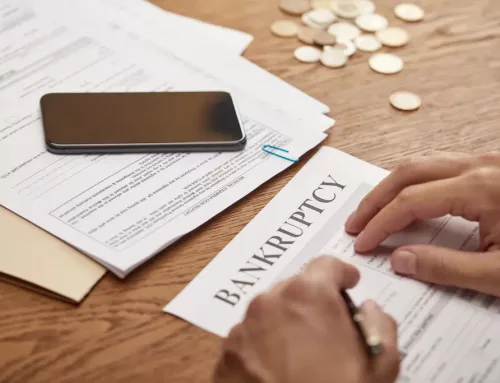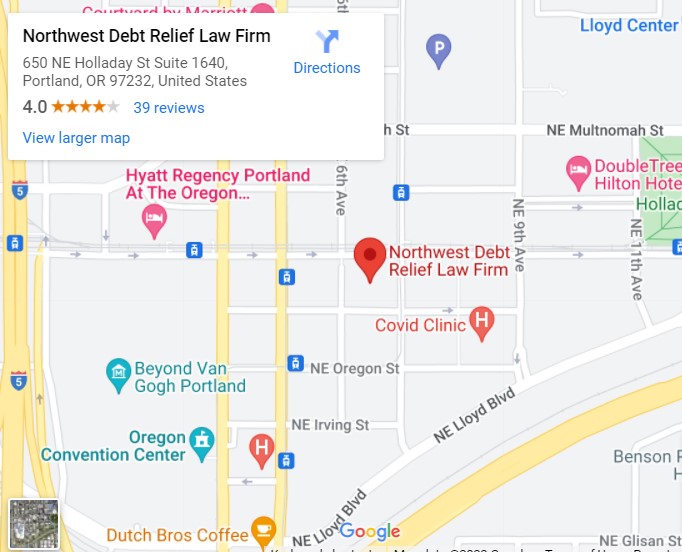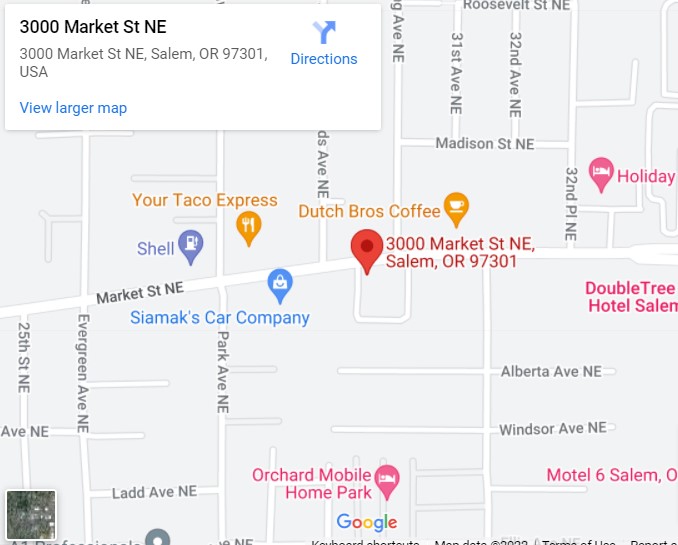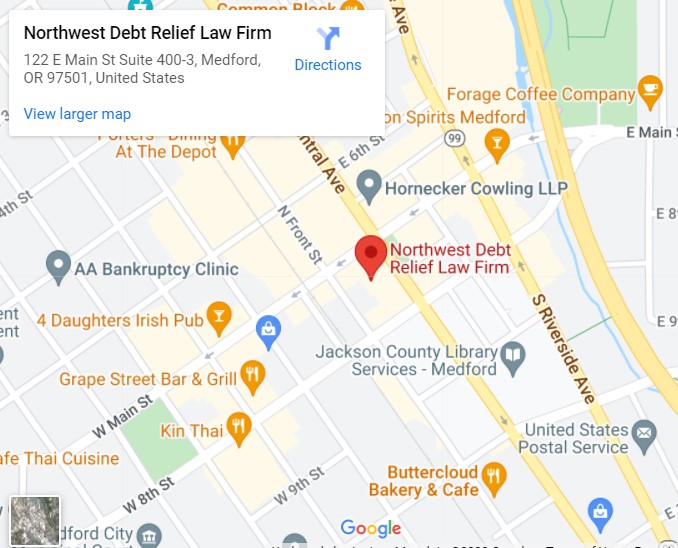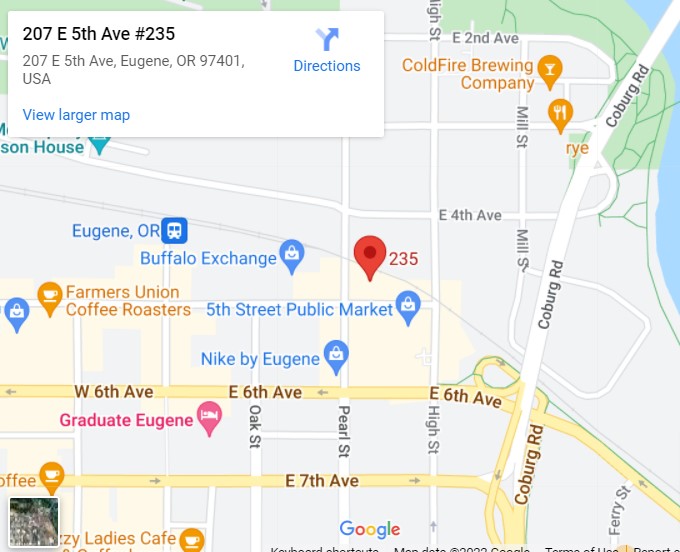Step 1
There are numerous Steps During a Bankruptcy. You usually start the bankruptcy process by meeting with a lawyer for an interview. Most lawyers offer a free consultation. The interview should not really be any less than one-half hour. The lawyer will usually provide you with some forms to fill out. If you are comfortable with that lawyer, you usually pay a fee deposit at that first meeting. The fee deposit can differ, depending on the type of case you are filing and the lawyer’s estimation of complexity, but recognize that most bankruptcy cases really are not horribly complex, so you should not usually have to pay a huge fee up front to retain the lawyer.
Most lawyers want your business, so the lawyer should not have any problem with you going home to think it over before putting down any deposit. If you get lots of pressure to pay immediately, perhaps you should be wary of that lawyer. At the first meeting, the lawyer is required by law to provide you with certain written disclosures if he offers to take your case. A lawyer who does not provide the written disclosures for you to take home should be avoided because that means the lawyer either does not know what he is doing, or perhaps even worse, does not respect the Federal law that strictly governs his relationship with you.
Step 2
In addition to the mandatory disclosures, the lawyer should send you home to gather information, providing you with a list. In Oregon State, a modest amount of information needs to be presented to the lawyer’s staff so that the requisite paperwork can be prepared for you to sign.
Step 3
You must complete an online mandatory pre-bankruptcy credit counseling at home. This is an easy to complete tutorial that takes about one hour and fifteen minutes to finish. It is done over the internet or over the telephone. You are not required to take the Oregon credit counseling if you are on active military duty in a combat zone or you are physically or mental impaired to such an extent that you cannot fulfill the credit counseling requirement. Once you complete the course you will receive a certificate that you must file along with your bankruptcy petition.
Step 4
After your gather the information, you call the attorney’s staff to arrange a date and time to drop of the information that is required to prepare your paperwork. When all the information is dropped off, then the lawyer’s staff works on setting a document signing date and time for you to meet with the attorney once again.
Step 5
At the signing appointment, you come to the office and review the paperwork prior to signing it. You then meet with the attorney to make any corrections or iron out any questions or problems. A signing appointment can last anywhere from 15 minutes to two hours, depending on the complexity of the case.
Step 6
Within a few days, the lawyer’s staff files the case electronically to the Court.
Step 7
About six or seven weeks after the case is filed electronically to the Federal Bankruptcy Court, you then attend Court with the attorney at what is called the 341 Meeting of Creditors. You and your lawyer meet with the Judge’s designee or assistant (called a Trustee). The Trustee and your attorney sit with you around a table and the Trustee asks you some questions to ensure that you are being honest in your documents and that you have not left out any required information. There are usually eight to 12 cases scheduled every hour at Bankruptcy Court for the 341 Meeting of Creditors, so it is rare that you would be questioned for more than four or five minutes.
Step 8
About two months after your 341 Meeting of Creditors, your case is discharged in Chapter 7. In Chapter 7, your case is usually “closed” and thus finalized about two to six weeks after the issuance of discharge.
However, if you are in a Chapter 13 case which does repay some funds to some creditors, your proposed plan of Chapter 13 reorganization drafted by your attorney is usually approved by the Court about two to three months after your 341 Meeting of Creditors because there is such a local backlog of Chapter 13 cases. In Chapter 13, you start your monthly “plan payment” to the Chapter 13 Bankruptcy Trustee about 30 days after the filing of the case, and you make payments for 36 or 60 months. How long you must pay in a Chapter 13 plan (36 months vs. 60 months) and how much debt you must repay in Chapter 13 (1.0% vs. 99.9%) are complex topics best discussed with your attorney or his or her staff, because the two items (length of plan and debt repayment) are very complex calculations based upon how much you have been earning in the six months leading up to your bankruptcy filing.
Schedule a Free Consultation with Your Tacoma Bankruptcy Attorney
When it comes time to file for bankruptcy, you need a compassionate and skilled attorney who will be able to guide you through the process as cleanly as possible. Northwest Debt Relief Law Firm, we can help you with filing for Chapter 7, Chapter 11, and Chapter 13 bankruptcy in Oregon State. We will be there every step of the way to help navigate you through the often-complex and difficult bankruptcy process.
Give us a call (503) 912-8809 to schedule a free consultation with one of our bankruptcy attorneys. If you have any other questions about bankruptcy, one of our attorneys will be more than happy to offer advice on your particular situation.




